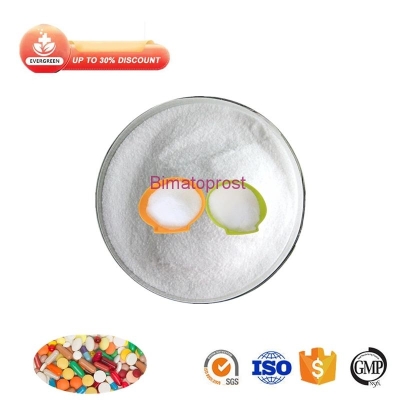-
Categories
-
Pharmaceutical Intermediates
-
Active Pharmaceutical Ingredients
-
Food Additives
- Industrial Coatings
- Agrochemicals
- Dyes and Pigments
- Surfactant
- Flavors and Fragrances
- Chemical Reagents
- Catalyst and Auxiliary
- Natural Products
- Inorganic Chemistry
-
Organic Chemistry
-
Biochemical Engineering
- Analytical Chemistry
- Cosmetic Ingredient
-
Pharmaceutical Intermediates
Promotion
ECHEMI Mall
Wholesale
Weekly Price
Exhibition
News
-
Trade Service
Recently, the diabetes field research article published on the prestigious journal Diabetes Care, the study aims to systolic blood pressure (SBP) to explore the different blood glucose levels and lower diastolic blood pressure (DBP) and new onset coronary artery disease (CAD) or cerebral vascular disease (CVD )
.
The researchers surveyed the national claims database from 2008 to 2016, and a total of 593196 people participated
.
The researchers used the Cox proportional hazard model to determine the risk between CAD and CVD events at the five levels of SBP and DBP
During the study period, 2240 CAD events and 3207 CVD events occurred
.
Compared with the lowest quintile range of SBP≤119mmHg, the CAD/CVD risk ratio (95%CI) of the 4 higher quartiles (120-129, 130-139, 140-149, ≥150mmHg) Gradually increase, for patients with normal blood sugar, from 2.
10 (1.
73-2.
56)/1.
46 (1.
27-1.
68) in the second quintile to 3.
21 (2.
37-4.
34)/4.
76 (3.
94-) in the fifth quintile 5.
75), for patients with high borderline blood sugar, from 1.
39 (1.
14-1.
69)/1.
70 (1.
44-2.
01) in the second quintile to 2.
52 (1.
95-3.
26)/4.
12 in the fifth quintile (3.
38-5.
02); for diabetic patients, from 1.
50(1.
19-1.
90)/1.
72(1.
31-2.
26) in the second quintile to 2.
52(1.
95-3.
26)/3.
54( in the fifth quintile) 2.
66-4.
70)
.
For DBP, the four quintiles (75-79, 80-84, 85-89, ≥90mmHg) have similar trends compared with the lowest quintile ≥74 mmHg
The results of the study show that cardiovascular risk gradually increases with the increase of SBP and DBP, regardless of whether there is abnormal blood glucose and its degree
.
Further intervention trials are needed to apply the results of the cohort study to clinical practice
Cardiovascular risk gradually increases with the increase of SBP and DBP, regardless of whether there is abnormal blood sugar and its degree
.
The need for further intervention trials to the results of cohort studies into clinical practice in cardiovascular original source: Associations of Systolic Blood Pressure and Blood Pressure With Grade I by at The Incidence of Coronary Artery Disease or Cerebrovascular Disease Status ACCORDING to Glucose in this message







